This article illustrates information sequencing during the deductive reasoning process. The purpose is to help you visualise deductive reasoning, and to understand the distinctions and similarities between each stage of deduction.
Stage 2: Full parametersInformation of all kinds is sought to fill the gaps. A pattern emerges from this data collection, whereby the solution becomes ring-fenced by a set of known facts from which the sought conclusion will ultimately be derived. Information outside these parameters is now excluded. More information is needed to reach a conclusion, and this information may not pre-exist. Testing is required to create new data. |
Stage 3: EliminationThrough the process of elimination, all possibilities within the known parameters are evaluated and systematically vetted not just by gathering information but also by testing its validity. Proof is gathered and facts verified, strengthening (or altering) the parameters and enabling a smaller set of parameters to be drawn more tightly around the sought truth. |
Stage 5: Full conclusionAll information relevant to the sought information has been obtained, and a complete understanding of the topic is now possessed. The deductive reasoning process is complete. Note that in the final diagram the sought truth shares no direct connection with other points of the parameter data used to isolate it. In deduction direct connections between obtained data and the sought truth are useful but not necessary: all that's required to reach the truth is a simple process of elimination of all possibilities to reveal the actuality. |
The diagram, with its 9 points of data, is an oversimplification of the deductive reasoning process, which draws on multitudes of data for even the most simple deduction conducted in a human mind. For this reason, this illustrative aid is explicitly not intended as a manual data-mapping system: nor is data-mapping requisite for effective deduction.
When handling large volumes of information, as in complex deductive exercises (like medical diagnosis, forensic detection, or event reconstruction) keeping a record of known data points is a useful way of retaining information once it is obtained. Human memory is particularly vulnerable to lapses: by recording knowledge externally as information (written, diagrammed, spoken, or otherwise) you create a resource suitable for enabling any number of collaborators to independently eliminate possibilities, validate facts, source information, and test held information with a central repository of intelligence. Common deductive information record keeping systems are medical diagnostic records and police case files. A more general system, including tools and methodology for large-scale deductive projects, will be the topic of a subsequent blog post.
When handling large volumes of information, as in complex deductive exercises (like medical diagnosis, forensic detection, or event reconstruction) keeping a record of known data points is a useful way of retaining information once it is obtained. Human memory is particularly vulnerable to lapses: by recording knowledge externally as information (written, diagrammed, spoken, or otherwise) you create a resource suitable for enabling any number of collaborators to independently eliminate possibilities, validate facts, source information, and test held information with a central repository of intelligence. Common deductive information record keeping systems are medical diagnostic records and police case files. A more general system, including tools and methodology for large-scale deductive projects, will be the topic of a subsequent blog post.

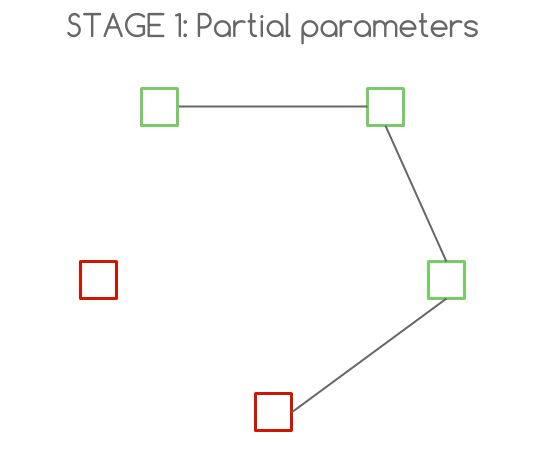
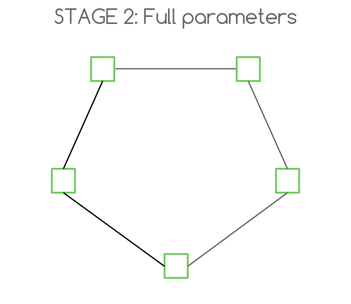
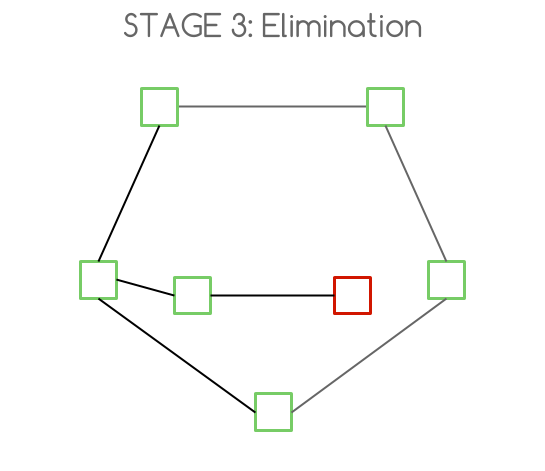
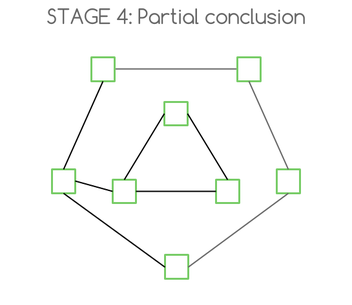
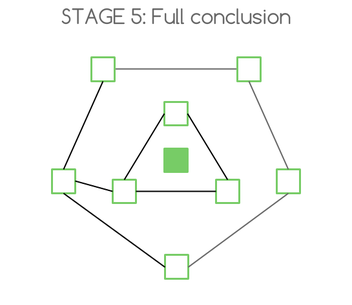
 RSS Feed
RSS Feed
